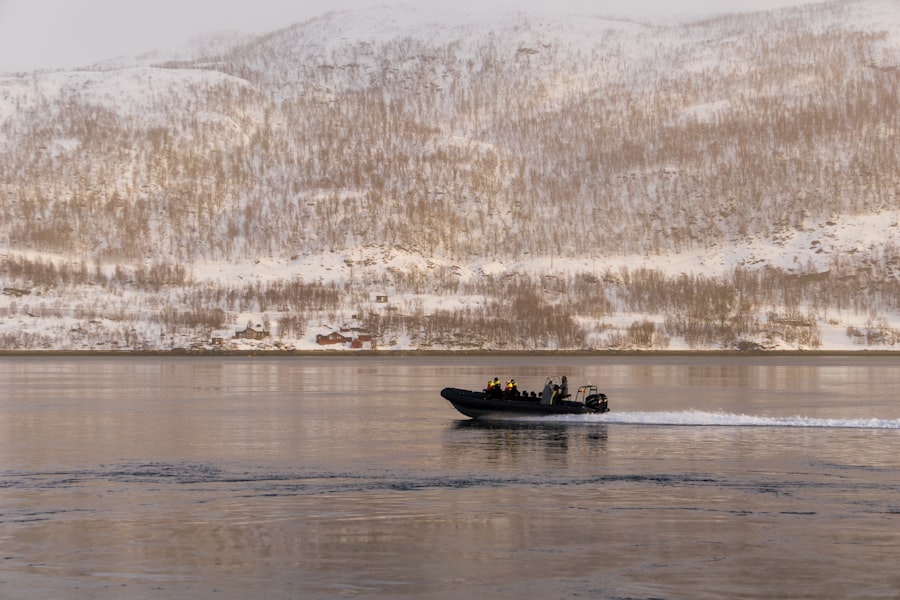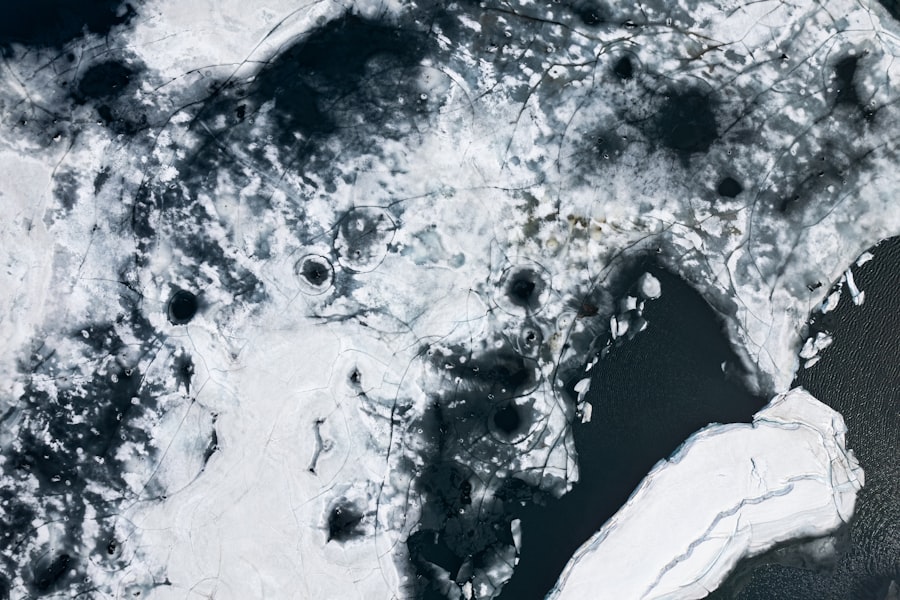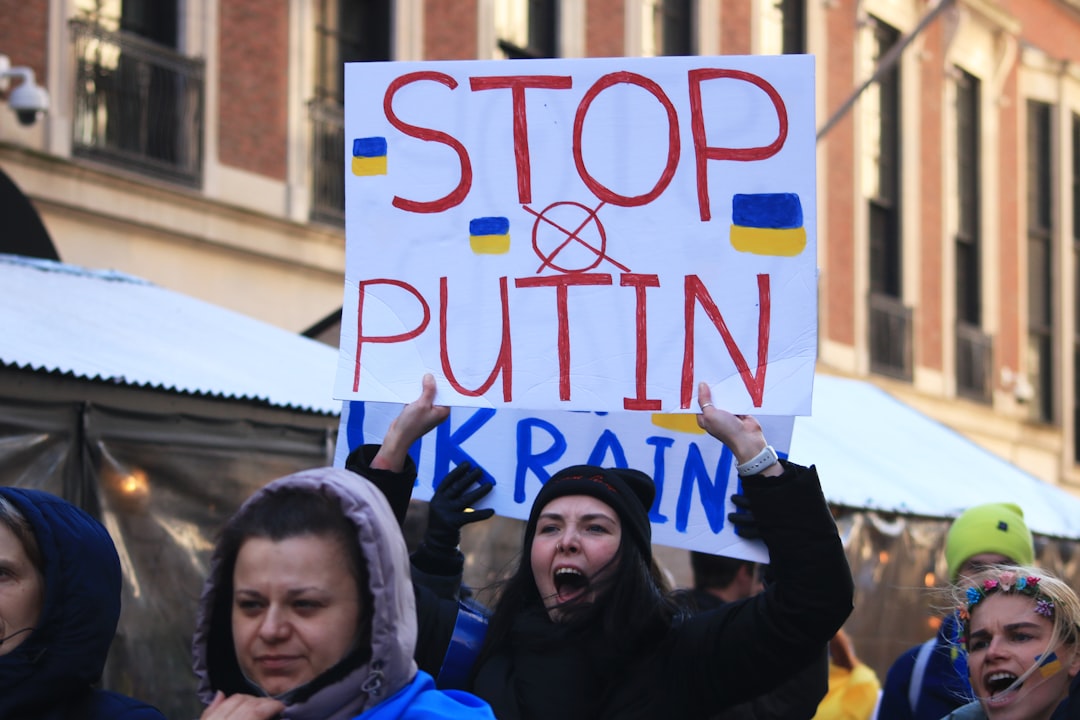Russia’s Arctic strategy has emerged as a focal point of its national policy, reflecting the country’s ambitions and interests in one of the world’s most resource-rich and strategically significant regions. As climate change continues to alter the Arctic landscape, opening new shipping routes and exposing untapped natural resources, Russia has positioned itself as a key player in the race for Arctic dominance. The Kremlin’s approach encompasses a blend of military, economic, and environmental considerations, all aimed at securing its interests in this rapidly changing environment.
This article delves into the multifaceted aspects of Russia’s Arctic strategy, exploring its historical context, geopolitical significance, military dimensions, economic pursuits, environmental challenges, and the role of indigenous peoples. The Arctic region is not merely a remote expanse of ice; it is a vital area that holds the potential for significant geopolitical shifts. For Russia, the Arctic is integral to its national security and economic future.
The melting ice caps have opened up new maritime routes, such as the Northern Sea Route, which promises to enhance trade and connectivity between Europe and Asia. As global interest in the Arctic intensifies, Russia’s strategy reflects a calculated effort to assert its influence while navigating the complexities of international relations in this delicate region.
Key Takeaways
- Russia’s Arctic strategy is driven by geopolitical, economic, and security interests in the region.
- Russia has a long history of involvement in the Arctic, dating back to the Soviet era and even earlier.
- The Arctic holds significant geopolitical importance for Russia, providing access to natural resources and strategic military positioning.
- Russia’s military presence in the Arctic is a key aspect of its strategy, with a focus on securing its northern borders and asserting its dominance in the region.
- Economic interests in the Arctic, including oil and gas exploration, shipping routes, and mineral extraction, are driving Russia’s development and infrastructure projects in the region.
Historical context of Russia’s involvement in the Arctic region
Russia’s relationship with the Arctic dates back centuries, rooted in exploration and territorial claims that have evolved over time. The Russian Empire was among the first to explore the Arctic waters, with expeditions in the 18th and 19th centuries laying the groundwork for future claims. The Soviet era marked a significant expansion of Russia’s presence in the Arctic, as the government invested heavily in research, military installations, and infrastructure development.
This historical backdrop has shaped contemporary Russian policies and attitudes toward the Arctic, fostering a sense of ownership and responsibility over this vast territory. The dissolution of the Soviet Union in 1991 brought about a period of uncertainty regarding Russia’s Arctic strategy. However, as the country regained its footing in the early 2000s under President Vladimir Putin, there was a renewed focus on reasserting Russia’s influence in the region.
The 2007 expedition to plant a flag on the seabed beneath the North Pole symbolized this resurgence, signaling to the world that Russia was prepared to stake its claim to Arctic resources and shipping routes. This historical context underscores the continuity of Russia’s Arctic ambitions, which have been shaped by both legacy and necessity.
Geopolitical significance of the Arctic for Russia

The geopolitical significance of the Arctic for Russia cannot be overstated. The region serves as a strategic buffer zone against NATO and Western influence while providing access to vital maritime routes that are becoming increasingly navigable due to climate change. The Northern Sea Route, which runs along Russia’s northern coast, is projected to become a major shipping lane, reducing transit times between Europe and Asia.
This potential for enhanced trade routes positions Russia as a critical player in global commerce, allowing it to leverage its geographic advantages. Moreover, the Arctic is rich in natural resources, including oil, gas, and minerals, which are essential for Russia’s economy. The Kremlin views control over these resources as crucial for national security and economic stability.
As other nations also vie for access to these resources, Russia’s assertive posture in the Arctic reflects its desire to maintain dominance over its territorial claims while countering perceived threats from other Arctic states. This geopolitical landscape is characterized by both cooperation and competition, as countries navigate their interests in a region that is becoming increasingly contested.
Military and security aspects of Russia’s Arctic strategy
| Aspect | Metrics |
|---|---|
| Military Presence | Number of military bases and installations in the Arctic region |
| Arctic Forces | Size and composition of Russia’s Arctic military forces |
| Security Cooperation | Partnerships and agreements with other Arctic nations for security and defense |
| Infrastructure | Investment in Arctic military infrastructure such as ports, airfields, and communication networks |
| Capabilities | Technological and strategic capabilities for Arctic operations and defense |
Military considerations play a pivotal role in shaping Russia’s Arctic strategy. The Kremlin has prioritized the modernization of its military capabilities in the region, establishing new bases and enhancing its naval presence to safeguard its interests. The Arctic is viewed as a critical theater for national defense, with Russia seeking to project power and deter potential adversaries.
This military buildup includes investments in icebreakers, submarines, and advanced weaponry designed specifically for Arctic conditions. In addition to conventional military assets, Russia has also focused on developing its surveillance and reconnaissance capabilities in the Arctic. The establishment of early warning systems and radar installations aims to monitor maritime activities and protect against potential incursions by foreign powers.
This militarization of the Arctic has raised concerns among neighboring countries and NATO allies, prompting discussions about security dynamics in the region. As tensions rise over territorial claims and resource competition, Russia’s military posture reflects its commitment to asserting control over its Arctic domain.
Economic interests and resource exploitation in the Arctic
The economic interests driving Russia’s Arctic strategy are multifaceted, with resource exploitation at the forefront. The region is believed to hold vast reserves of hydrocarbons, including oil and natural gas, which are crucial for Russia’s energy-dependent economy. As global demand for energy continues to rise, tapping into these resources presents an opportunity for economic growth and increased revenue for the state.
Major Russian energy companies have embarked on ambitious projects aimed at extracting these resources while navigating the challenges posed by harsh environmental conditions. In addition to hydrocarbons, the Arctic is rich in minerals such as nickel, copper, and rare earth elements. These resources are essential for various industries, including technology and renewable energy.
The Kremlin has recognized the importance of diversifying its economic interests beyond fossil fuels, leading to investments in mining operations and infrastructure development in remote areas. However, balancing economic ambitions with environmental sustainability remains a challenge as Russia seeks to capitalize on its Arctic resources while addressing global concerns about climate change.
Environmental concerns and challenges in the Arctic region

The environmental challenges facing the Arctic are profound and complex. Climate change has accelerated ice melt, leading to rising sea levels and altering ecosystems that have existed for millennia. As temperatures rise, permafrost is thawing, releasing greenhouse gases that contribute to global warming.
These changes pose significant risks not only to local wildlife but also to indigenous communities that rely on traditional ways of life tied to the land and sea. Russia’s pursuit of economic development in the Arctic raises questions about environmental stewardship. The extraction of resources can lead to habitat destruction, pollution, and other ecological impacts that threaten fragile ecosystems.
While the Kremlin has made commitments to sustainable development, balancing economic growth with environmental protection remains a contentious issue. As international scrutiny increases regarding environmental practices in the Arctic, Russia faces pressure to adopt more stringent regulations while navigating its ambitious resource extraction goals.
International cooperation and competition in the Arctic
The dynamics of international cooperation and competition in the Arctic are intricate and evolving. While there are opportunities for collaboration among Arctic states on issues such as search and rescue operations and scientific research, underlying tensions persist due to competing territorial claims and resource interests. The Arctic Council serves as a platform for dialogue among eight Arctic nations; however, its effectiveness is often challenged by geopolitical rivalries.
Russia’s assertive posture in the region has prompted responses from other countries seeking to protect their interests. NATO members have increased their military presence in response to perceived threats from Russian activities in the Arctic. This competitive environment raises concerns about potential conflicts over territorial claims and resource access.
As nations navigate their interests in this rapidly changing landscape, finding common ground will be essential for ensuring stability and cooperation in the Arctic.
Russia’s infrastructure and development projects in the Arctic
Infrastructure development is a cornerstone of Russia’s Arctic strategy, aimed at facilitating resource extraction and enhancing connectivity within this remote region. The Kremlin has invested heavily in building ports, roads, and airstrips to support economic activities while improving access for military operations. These infrastructure projects are designed not only to bolster domestic capabilities but also to position Russia as a key player in international shipping through enhanced logistics along the Northern Sea Route.
One notable project is the construction of new icebreakers capable of navigating increasingly busy shipping lanes during summer months when ice cover diminishes. These vessels are essential for ensuring safe passage for commercial shipping while also serving military purposes. Additionally, investments in telecommunications infrastructure aim to improve communication capabilities across vast distances in the Arctic.
As these development projects progress, they will play a crucial role in shaping Russia’s presence and influence in this strategically important region.
Indigenous peoples and their role in Russia’s Arctic strategy
Indigenous peoples have inhabited the Arctic region for thousands of years, possessing unique knowledge and cultural practices tied to their environment. In recent years, their role has gained recognition within Russia’s Arctic strategy as policymakers acknowledge the importance of incorporating indigenous perspectives into decision-making processes. However, tensions remain regarding resource exploitation and land rights as industrial activities encroach upon traditional territories.
The Russian government has made efforts to engage with indigenous communities through initiatives aimed at promoting sustainable development while respecting cultural heritage. However, challenges persist as many indigenous groups express concerns about environmental degradation resulting from resource extraction projects.
Legal and political disputes in the Arctic region
Legal frameworks governing territorial claims in the Arctic are complex and often contentious. The United Nations Convention on the Law of the Sea (UNCLOS) provides guidelines for maritime boundaries; however, overlapping claims among Arctic states have led to disputes over sovereignty and resource rights. Russia has been proactive in asserting its claims through scientific research aimed at substantiating its continental shelf extensions.
Political disputes have also emerged regarding military activities and security concerns among Arctic nations. As tensions rise over territorial claims and resource competition, diplomatic efforts will be essential for resolving conflicts peacefully while maintaining stability in this strategically significant region. Engaging in dialogue through multilateral forums will be crucial for addressing legal disputes while fostering cooperation among nations with vested interests in the Arctic.
Future prospects and challenges for Russia’s Arctic strategy
Looking ahead, Russia’s Arctic strategy faces both promising opportunities and formidable challenges.
Additionally, navigating geopolitical tensions with other nations will require diplomatic finesse as competition intensifies over territorial claims.
As climate change continues to reshape the Arctic landscape, adaptability will be key for Russia’s long-term strategy. Embracing innovative technologies that promote sustainable practices while fostering collaboration with international partners may pave the way for a more stable future in this dynamic region. Ultimately, how Russia addresses these challenges will determine not only its success but also its role as a responsible steward of one of Earth’s most fragile environments.
Russia’s Arctic strategy has been a topic of significant interest as the nation seeks to expand its influence and capabilities in the region. The strategy involves enhancing military presence, developing infrastructure, and exploiting natural resources, which has raised concerns among other Arctic nations. For a deeper understanding of the geopolitical implications and environmental considerations of Russia’s Arctic ambitions, you can explore a related article on this topic by visiting this page. This article provides insights into the strategic moves by Russia and the potential global impacts of its Arctic policies.
WATCH NOW! Unlocking Disaster: 7 Choke Points That Could Fracture Our Connected World Overnight
FAQs
What is Russia’s Arctic Strategy?
Russia’s Arctic Strategy is a comprehensive plan that outlines the country’s goals and priorities for the Arctic region. It includes economic development, environmental protection, military presence, and infrastructure expansion.
What are Russia’s main goals in the Arctic region?
Russia’s main goals in the Arctic region include expanding its economic presence through resource extraction, developing the Northern Sea Route as a viable shipping lane, and asserting its military and geopolitical influence in the region.
How does Russia plan to achieve its goals in the Arctic?
Russia plans to achieve its goals in the Arctic through a combination of economic investment, military buildup, and diplomatic efforts. This includes the development of infrastructure, increased military presence, and cooperation with other Arctic nations.
What are the environmental concerns related to Russia’s Arctic Strategy?
Environmental concerns related to Russia’s Arctic Strategy include the potential impact of increased resource extraction and shipping on the fragile Arctic ecosystem, as well as the risk of oil spills and pollution.
How does Russia’s Arctic Strategy impact other Arctic nations?
Russia’s Arctic Strategy has the potential to impact other Arctic nations by influencing the geopolitical dynamics of the region, as well as by creating opportunities for economic cooperation and competition. It also raises concerns about military tensions and environmental protection.
